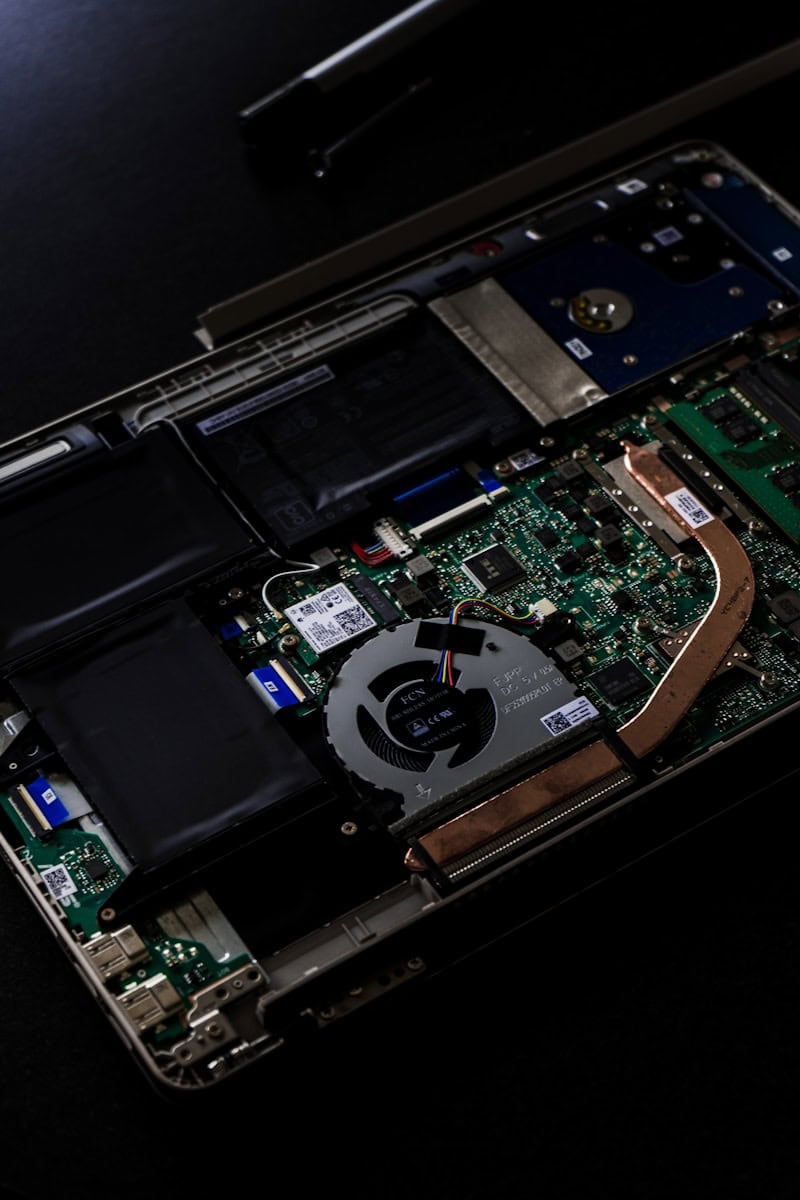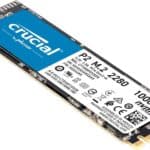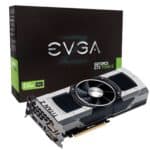A PC is generally easier to repair than Mac. Apple’s proprietary designs, specialized tools, and limited upgradeability make sourcing parts and accessing internal components more difficult. You’ll often need to rely on AppleCare or authorized repair centers, which can be more expensive.
On the other hand, PCs use standardized, readily available parts, promoting easier disassembly and repair. The modular design makes upgrades and replacements more user-friendly. You’ll also have a wider range of repair shops and potentially lower costs due to the competitive nature of PC component sourcing.
Repair-Focused Features
When your computer breaks down, you want to fix it quickly. How easy is it to repair a Mac vs. a PC? The answer affects the time, cost, and hassle involved in repairs.
Mac Repair Considerations
Apple computers are stylish and sleek. Unfortunately, that sleek design can make repairs difficult. Here’s what you need to keep in mind with Mac repairs:
- Specialized Tools: Opening and repairing a Mac often requires special tools and in-depth technical know-how.
- Limited Upgrades: Components in many Macs are soldered to the motherboard. This seriously restricts your upgrade options.
- Warranty & AppleCare: Macs offer a limited warranty. You can buy AppleCare for additional protection.
The PC Advantage
Unlike Macs, PCs come in many shapes and sizes. This variety often translates into easier repairability for a few key reasons:
- User-Friendly Design: Many PC components are simple to access and replace. RAM, storage drives, and even video cards can often be swapped out with standard tools.
- Component Choice: PCs offer a wide range of upgradeable components. You’re not limited to a single manufacturer’s parts.
- Repair Flexibility: Numerous shops can repair PCs. You can even try fixing some problems yourself.
Comparing Repair Options
| Mac | PC | |
|---|---|---|
| DIY Repairs | Difficult | Possible for simpler tasks |
| Professional Repair Availability | Apple stores and authorized shops | Abundant independent repair shops |
| Repair Costs | Potentially higher | Can be more affordable |
Choosing the Right Computer for Your Needs
If fast, easy repairs top your priority list, a PC may be the better choice. Macs prioritize sleek design and tight integration, which can sometimes hinder repairability.
Key Takeaways
- Mac and PC repairability is influenced by the variability in PC designs and the consistent, compact design of Macs.
- The repairability of a device can impact its longevity and the total cost of ownership.
- iFixit offers repairability scores, which are valuable for consumers seeking information on the ease of repairing their devices.
Design and Build Quality
When comparing the ease of repair between Mac and PC, design and build quality are crucial factors that directly impact repairability.
Hardware Components and Modularity
Apple’s Mac product line, which includes MacBook, iMac, Mac Mini, and Mac Pro, is renowned for its elegant design. The hardware integration is tight, with components such as RAM, storage, and graphics cards often directly soldered onto the motherboard or integrated in a way that discourages user modification. This design choice has an impact on modularity, which is the ease with which parts can be replaced or upgraded. For instance, most MacBooks produced after 2015 have non-upgradeable RAM. This means that if the RAM fails, the entire logic board needs replacement.
In contrast, many PCs are designed with modularity in mind. They tend to have components such as graphics cards, CPUs, hard drives, and RAM that users can easily swap or upgrade. This modularity extends the lifespan of a PC and reduces repair costs, as defective parts can be replaced without replacing the entire system.
Material and Durability
Apple is known for using high-quality materials like aluminum and glass in their Mac products, which makes them durable. However, these premium materials can make repairs more complicated. For instance, fixing a MacBook with a dent or bend in its aluminum body can be more challenging than repairing a PC made of plastic. Similarly, using glass in products like the iMac has its own set of challenges as it is fragile and requires careful handling to avoid breakage.
Most PCs are encased in a combination of materials, including plastics and metals. These materials make most PC cases easier to open for access, and less expensive to replace than their Mac counterparts. PCs offer a broad selection of options with varying degrees of build quality, from budget-friendly models with basic design to high-end systems that rival Macs in both durability and material quality.
Repairability Assessment
Repairability plays a crucial role in the longevity and cost-effectiveness of computers. This section examines how Mac and PC devices compare in terms of repairability.
Upgradability and Compatibility
Macs are known to have limited upgradability due to RAM and storage being soldered directly onto the motherboard, making DIY upgrades difficult. However, the design of the newer MacBook Air models is slightly better for repairs than older models. PCs, on the other hand, offer a wider range of upgradability options thanks to the variety of manufacturers like HP and Dell. They are highly regarded for their compatibility with many parts and upgrades, especially in desktop PCs.
Availability of Repair Services and Parts
Apple provides official repair services and parts for Macs, but they can be costlier and less accessible than those for PCs. Third-party repair services are available, though Apple’s strict control over repair manuals sometimes complicates these efforts. On the other hand, PC users benefit from a vast network of service providers, and the availability of parts is becoming more widespread, resulting from multiple manufacturers’ commitment to a more open repair structure.
User-Friendly Repair and DIY
PCs usually offer a more user-friendly ecosystem for DIY repairs and upgrades. A plethora of online resources and repair manuals, often provided by manufacturers or platforms like iFixit, empower users to take repair into their own hands. Macs have historically been less DIY-friendly, though initiatives like Apple’s self-service repair program aim to change this by providing tools and manuals to end-users. Microsoft’s Windows operating system is often considered easier to reinstall and recover, contributing to the repairability of PCs as software issues can sometimes be resolved independently.
Frequently Asked Questions
Computer repairs for Macs and PCs can vary from easy to complex. This FAQ covers key topics and common concerns.
What are the common challenges associated with repairing MacBooks?
Macs are often perceived as less repair-friendly due to their proprietary components and construction. For example, some MacBooks use pentalobe screws that require specialized tools to open.
How does the repairability of Mac computers compare to that of PCs?
PCs generally offer a broader range of repair options. They are designed with more standardized components, making them easier to disassemble and replace parts.
Are there differences in the availability of repair parts for Macs versus PCs?
Repair parts for PCs are more widely available and can often be sourced from multiple manufacturers. In contrast, Mac parts are typically specific to the model and more readily available from authorized dealers.
What affects the ease of DIY repairs for Macs and PCs?
The ease of DIY repairs for Macs and PCs is influenced by the design of the computer case, the commonality of components, and the availability of repair manuals. PCs tend to score higher in these areas compared to Macs.
How do manufacturer warranties and policies impact the repair process for Macs and PCs?
Manufacturer warranties and policies play a role in repair decisions. Mac warranties might be voided if repairs are not done by an authorized service provider, whereas PCs might offer more leniency in this regard.
Is there a significant difference in the repair costs between Mac and PC systems?
Repair costs for Macs are generally higher than for PCs. This is due to the cost of proprietary parts and the necessity for specialized labor in many cases.







